Flowering Crab Apples are some of the most decorative smaller garden trees, covered in white, pink, or purple Spring blossom.
Their foliage comes in green and purple, and most varieties colour well in autumn before displaying their crab apples like bright marzipan fruits until after well Christmas.
All crab apples are self fertile and do not need a pollination partner.
What size Crab Apple trees should I buy?
- If you are not in a hurry to get a full sized Crab Appletree, we recommend starting with the smaller 6/8cm girth size.
- If you are in a hurry and need instant impact, then go for the 8/10cm girth size.
Standard trees are measured by their girth 1 metre above the ground, and young saplings are measured by height.
So, a 6/8cm Standard Crab apple tree is much bigger than an 60/80cm sapling Crab apple tree. If a tree is available in both sizes, it will be noted in the product description.
Browse our other ornamental garden trees.
Your mail order Crabapple Trees are delivered by next working day courier.
If there is anything wrong with your plants when they arrive, Contact Us within 5 working days, and our friendly support team will sort it out.
All bareroot plants are covered by our Refund Guarantee, so you can give them a whirl with complete confidence.


 1.webp)
 Hero Img.webp)
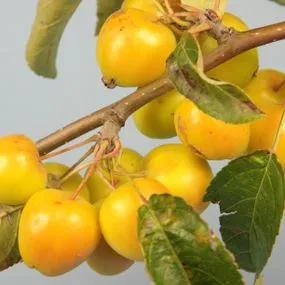
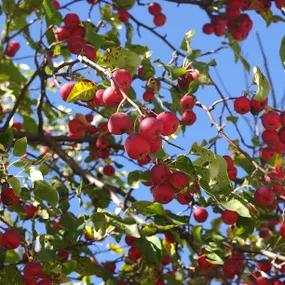
 3.webp)
 1.webp)
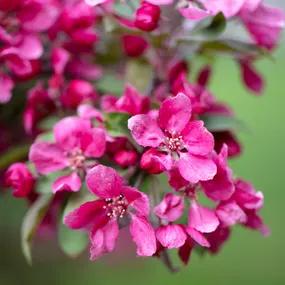
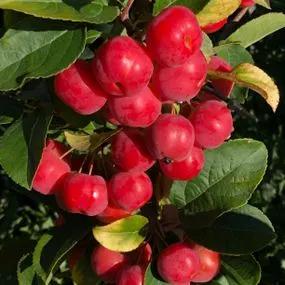
 1.webp)
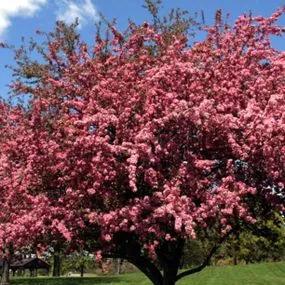
.webp)
 3.webp)
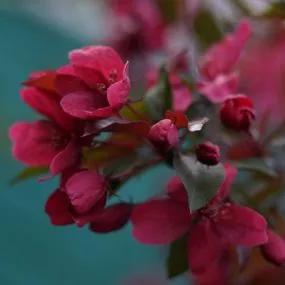
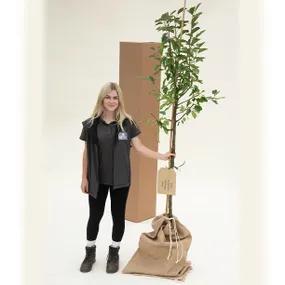
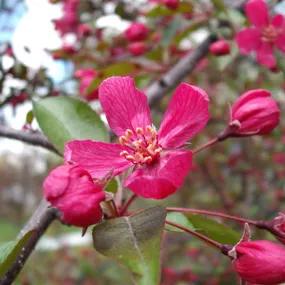
.webp)